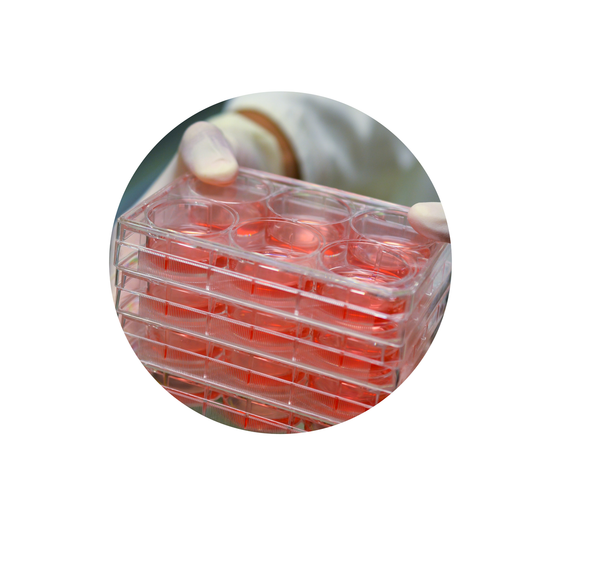Description
C.L.E.D. Medium | DM110
A non-inhibitory differential medium for the investigation of urinary infections
Mast C.L.E.D. is a non-inhibitory differential medium described by Mackey and Sandys (1966)1 for the microbiological investigation of urinary tract infections. The medium combines the demonstration by Sandys (1960)2 that low electrolyte levels prevent swarming of Proteus spp. and by Gillespie (1952)3 that certain biochemical mutants of coliform bacilli are dependent on cystine for growth. Colonies are morphologically similar to those obtained on other non-inhibitory media but identification is facilitated by the evidence of lactose fermentation. Lactose fermenting colonies are yellow in colour, whereas nonlactose fermenting colonies are blue or green. Bacteria grown on this medium give satisfactory agglutination,
catalase and oxidase test reactions. Mast C.L.E.D. should be used in conjunction with Mast Bacteruritest Strips (BTR1) for screening urine cultures. The sterile filter paper strips are dipped into the urine up to the mark and are applied to the surface of a dried C.L.E.D. plate (see Bacteruritest). Up to 14 urine cultures may be conveniently inoculated onto a 9cm plate. After incubation, a colony count of 25 or more for bacilli and 30 or more for cocci, is indicative of significant bacteriuria.4
Typical Formula

Directions
1. Suspend by swirling 37.9g of powder in 1 litre, or the contents of the sachet in the stated volume of distilled or deionised
water.
2. Autoclave at 121°C (15p.s.i.) for 15 minutes.
3. Thoroughly mix before pouring.






